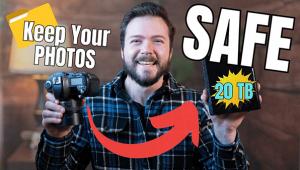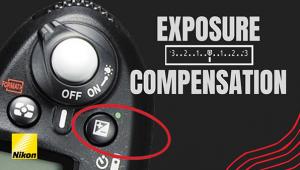Choose the Best ISO Camera Setting for Every Photo You Shoot (VIDEO)

If there's one camera variable that doesn't fit into the set-it-and-forget-it category it's the ISO you select for every scene you confront. Choose wisely and you're on the road to success, but an incorrect pick can severely compromise the quality of a photo.
As most of you know, ISO is one of the three attributes of the Exposure Triangle, along with aperture and shutter speed. When properly configured this trio of settings enable you to master the light. But there's an important hierarchy to this decision and understanding where to start—and it all depends upon the subject and style of the image you intend to make.
This tutorial from instructor Michael Shainblum concentrates specifically on ISO and the important role this setting plays in controlling image quality and unlocking creative possibilities. Shainblum is a professional landscape photographer who regularly shares his secrets for epic outdoor photographs, mind-blowing timelapses, camera techniques, and more.

Many photographers fall for the unfortunate misconception that the lowest ISO is always the best strategy when determining image brightness, but Shainblum kicks of the lesson with this: "We'll explore why sticking to the lowest ISO isn't always the best choice." He also describes a delicate tradeoff that occurs between unwanted noise and managing low-light situations.
In fact, Shainblum illustrates when and how "increasing your ISO will help you capture stunning photography—even in challenging shooting situations." There's much to consider than prevailing light levels when choosing the appropriate setting. For example, are you shooting a static scene like a landscape, or is your subject in motion?
How about whether the camera locked down atop a sturdy tripod, or are you're hand-held? Maybe your objective is to capture breathtaking star trails in the nighttime sky or long-exposure car lights in the city after dark, i.e. situations in which shutter speed may be an overarching consideration.

Shainblum covers all this and more, using sample images to drive home his points. After watching the lesson take a look at Shainblum's informative YouTube channel where there are many more pro tips and tricks to be learned.
We also recommend watching the tutorial we shared recently from another top photographer who demonstrates everything you need to know to get started in the dramatic world of low key photography.
- Log in or register to post comments











































